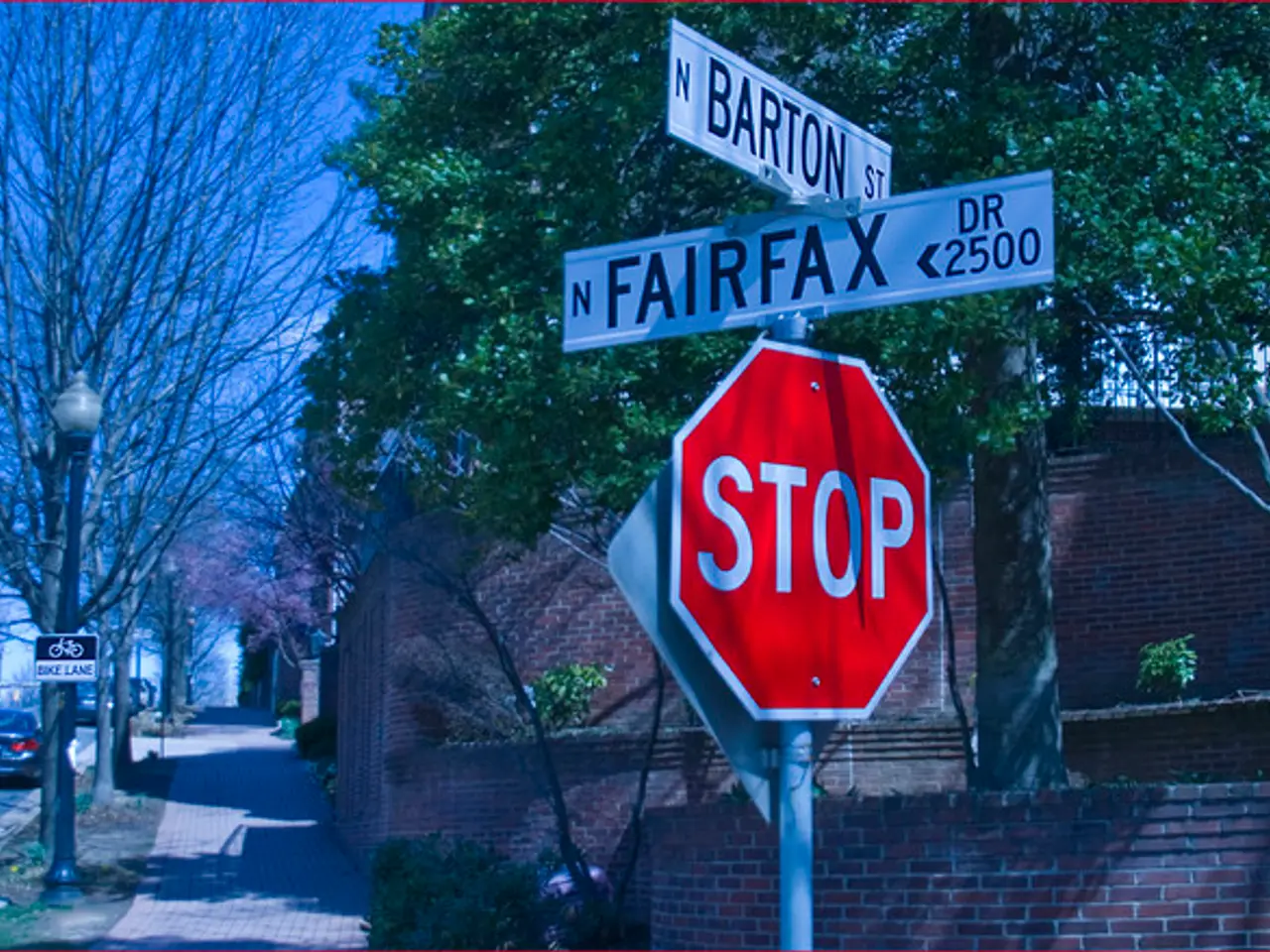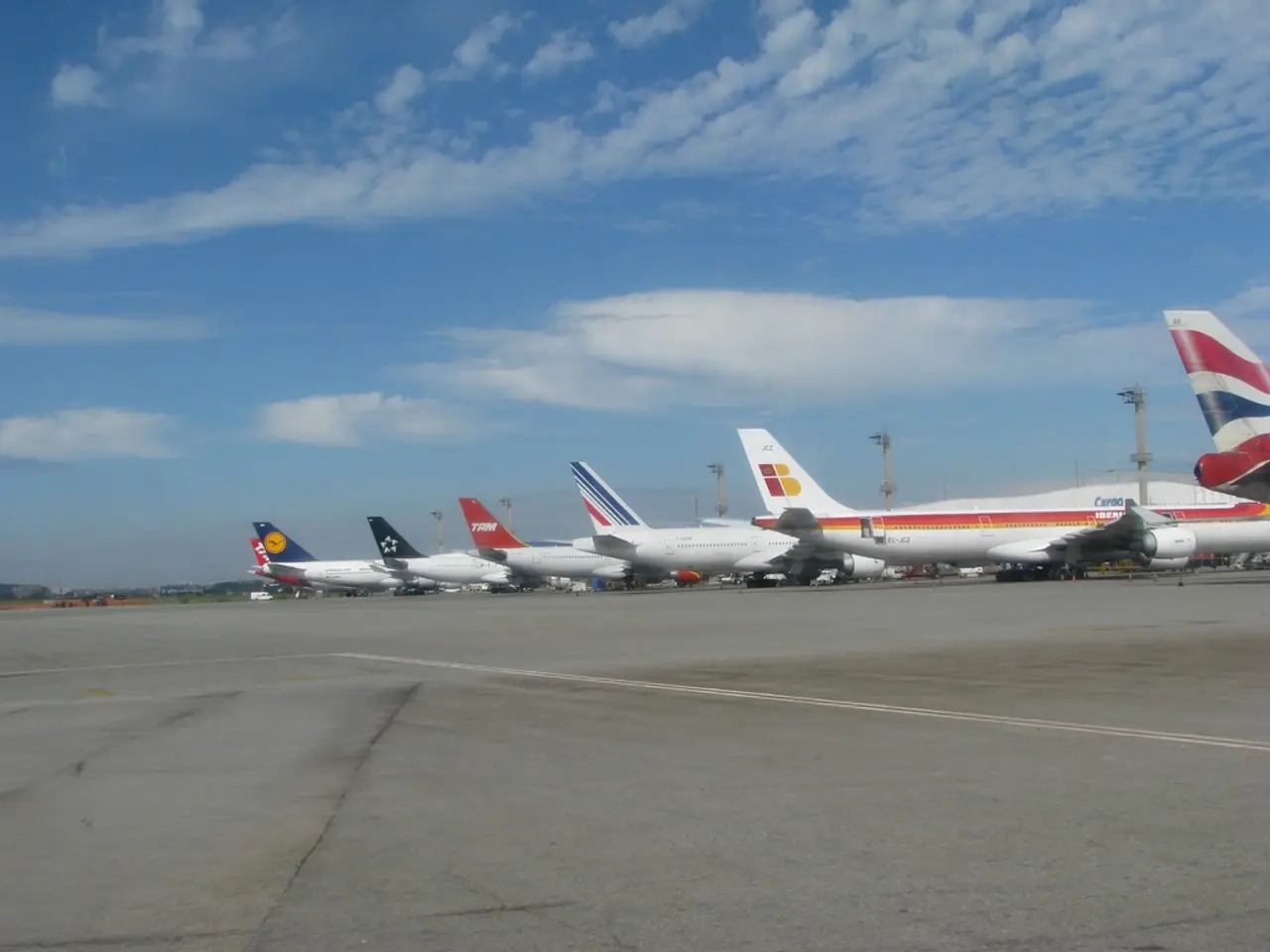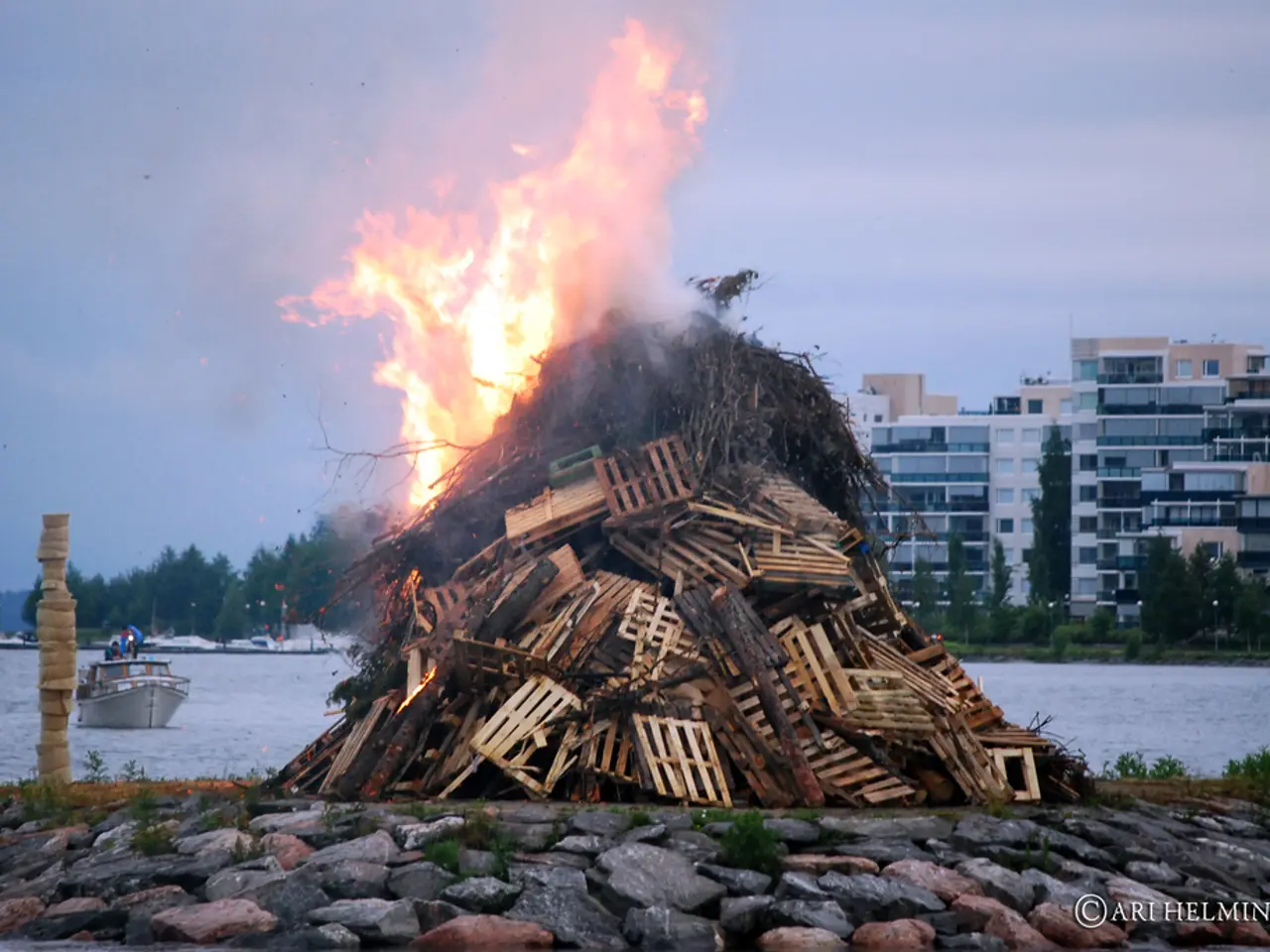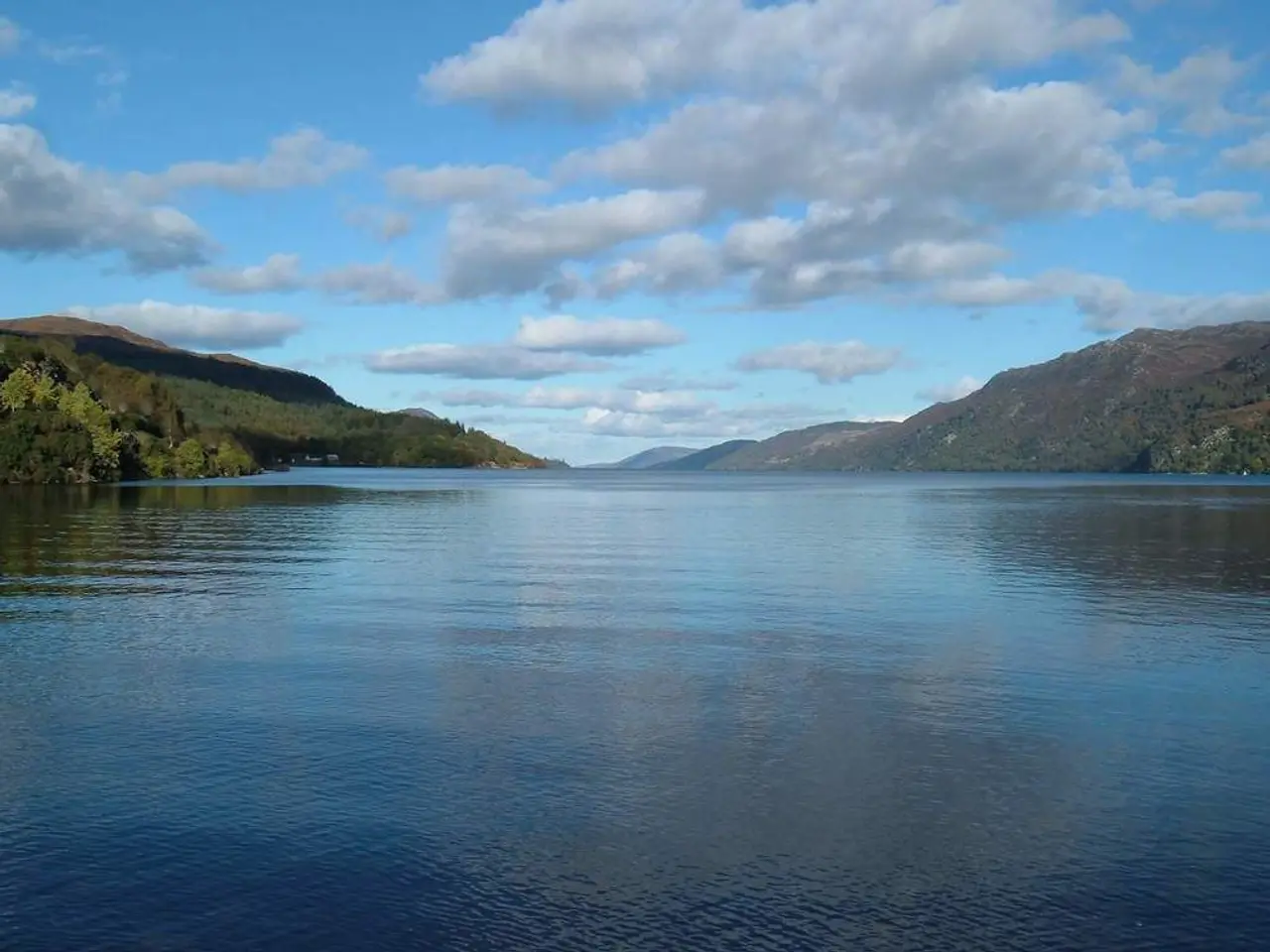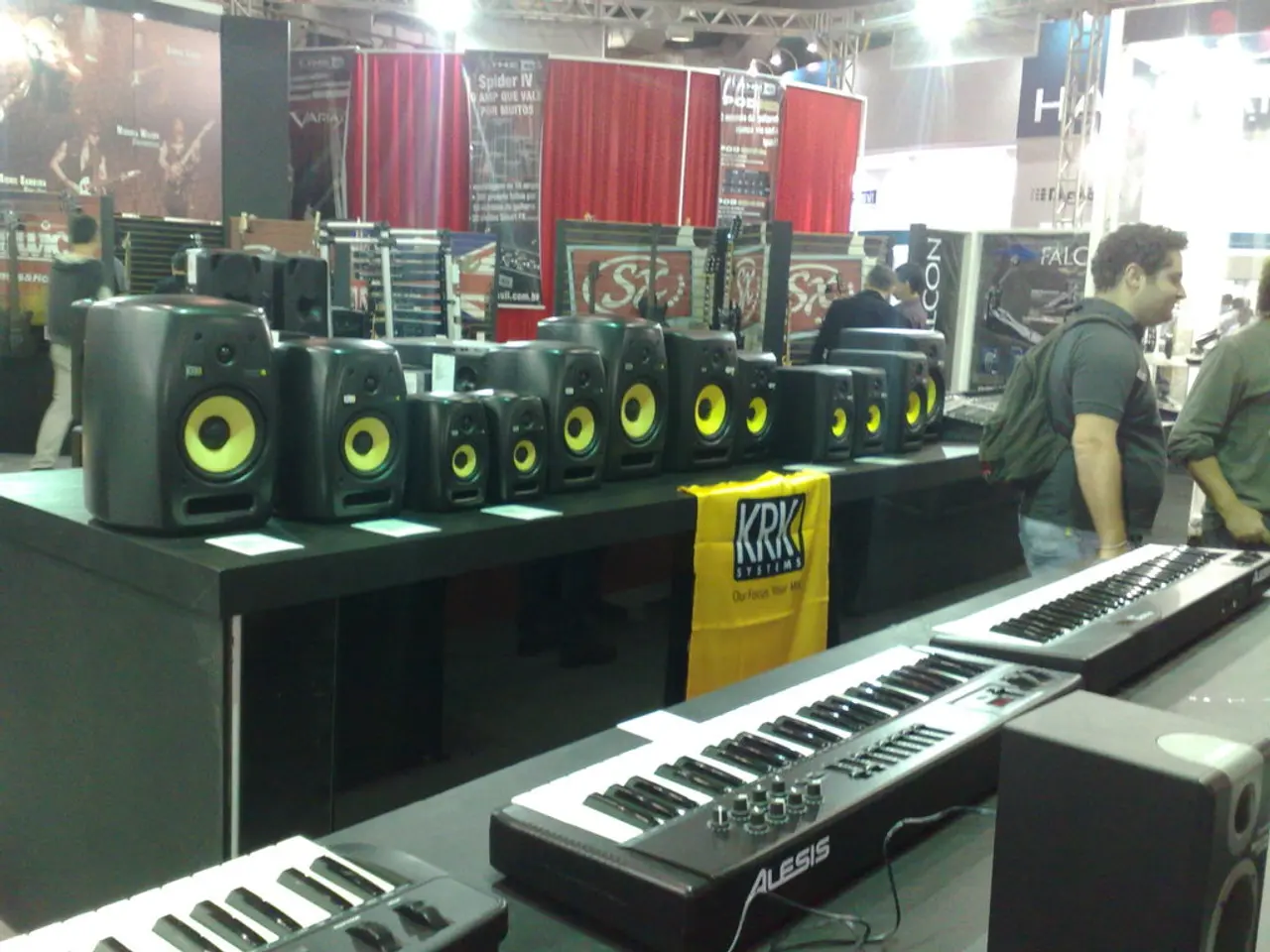Sky's Spectacular Polar Lights: Are They Worth the Gaze?
The northern skies are about to light up with a spectacle of colours as we enter the Year of the Polar Lights. Known as Aurora Borealis or the Northern Lights, these natural wonders can be seen in the northern regions, including potentially Germany, under the right conditions.
However, the likelihood of seeing the Northern Lights is currently assessed as low. But don't let that discourage you! The observation of these celestial displays is often a matter of luck, with the best opportunities announcing themselves at short notice.
So, what triggers this breathtaking display? The Northern Lights are formed when particles emitted by the sun collide with Earth's magnetic field, causing oxygen and nitrogen in the upper layers of the atmosphere to glow, resulting in the appearance of green, red, or violet curtains in the sky.
Several factors influence the visibility of the Northern Lights in Germany. Solar activity, geomagnetic storms, local weather, darkness, and light pollution all play significant roles. During the solar maximum phase of the 11-year solar cycle, increased sunspots and solar flares eject charged particles that interact with Earth’s magnetosphere and atmosphere, producing auroras.
Geomagnetic storms, caused by disturbances in the solar wind, enhance the aurora's intensity and can move it farther south than usual, increasing the chances of visibility in Germany. Clear, dark skies with little to no cloud cover and minimal light pollution are essential for a clear view. The aurora is visible at night, with the best times being hours around midnight and before dawn, as the aurora cannot be seen during daylight.
For reliable forecasts 48 hours in advance, consult the NOAA Space Weather Prediction Center or similar agencies that provide updates on the Kp index (scale 0-9 measuring geomagnetic activity). A high Kp index (3 or above) indicates the likelihood of auroras visible farther from the poles, possibly including northern Germany. Websites like AuroraWatch UK and other European aurora forecasting services also provide localized alerts and short-term predictions based on solar wind conditions and geomagnetic data.
Remember, checking local weather forecasts simultaneously is crucial to confirm clear skies for observation. The experience of seeing the Northern Lights once is often considered worth the wait, implying that there is anticipation for potential sightings this year. So, keep an eye on the skies and stay informed to maximise your chances of witnessing this mesmerising celestial show.
Keep an eye on the solar activity and geomagnetic storms, as they can move the Northern Lights closer to Germany during the solar maximum phase. Additionally, checking the local weather forecasts for clear skies and minimal light pollution will also be essential for potential sightings of the Northern Lights, even though the likelihood is currently low.
